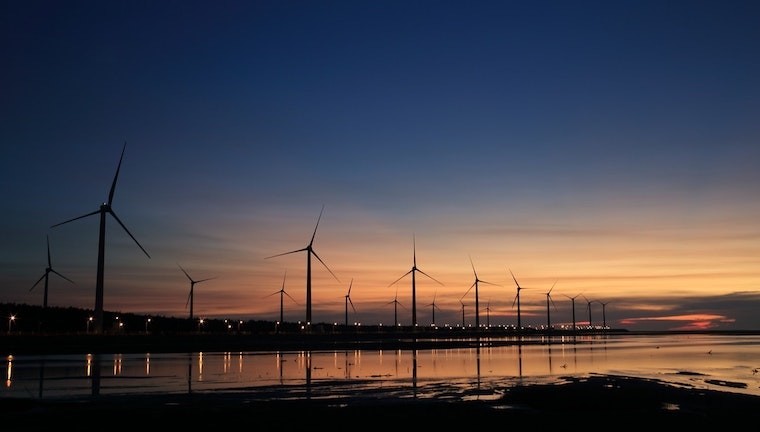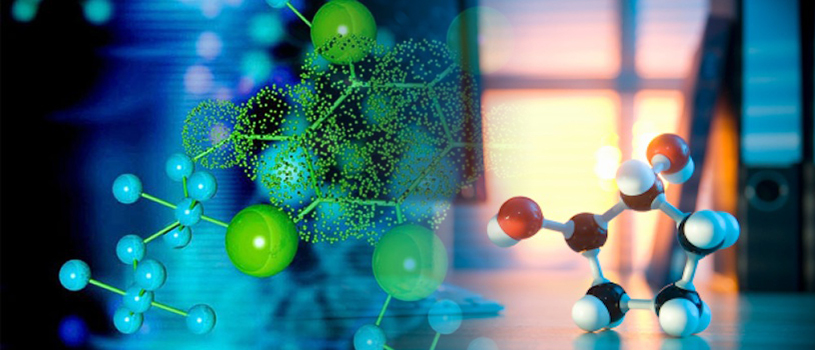
Researchers have designed a new lithium-air battery that works in a natural-air environment and still functioned after a record-breaking 750 charge/discharge cycles.

British billionaire Sanjeev Gupta is building the world’s biggest battery in South Australia to rival Elon Musk’s battery project.

Scientists led by RMIT University have created a working rechargeable proton battery, a world first.

The findings could aid engineers in developing technology suited to withstand the coldest reaches of outer space or the most frigid regions on Earth.

Fuelium is developing paper-based batteries designed for disposable diagnostic devices.

Researchers took a cue from the electric eel to create a soft, foldable battery that could one day power devices.

Elon Musk wins bet, finishing massive battery installation in 100 days in Australia.

The plans, the prototypes, the power-pumping: These batteries are hints of the future.

A grid powered 100% by solar and wind won’t work with the current state of energy storage. The batteries to store that energy will need to get much better, and fast.

Google parent company, Alphabet, aspires to revolutionize the way we store and utilize renewable energy.

Factories would only have to adapt to the new electrodes, rather than throwing out their existing battery know-how.

Tesla’s big Australian battery will demonstrate how renewable energy can be stored in significant quantities. The battery will supply 30,000 homes.

The latest step in renewable energy storage is a battery made out of garbage.

Researchers are turning glass bottles into high performance lithium-ion batteries for electric vehicles and personal electronics .

A new flow battery has been developed that stores energy in organic molecules dissolved in neutral pH water. This new chemistry allows for a non-toxic, non-corrosive battery with an exceptionally long lifetime.